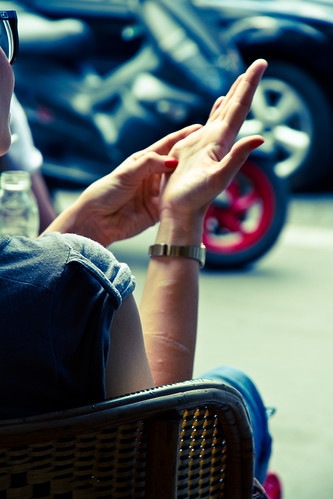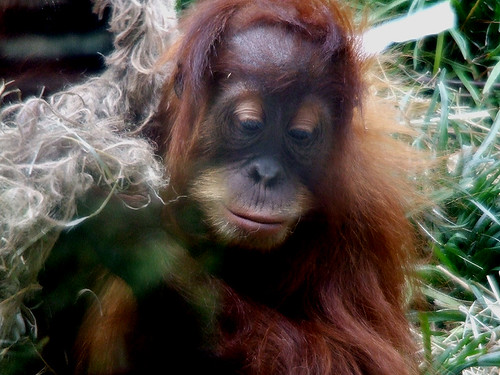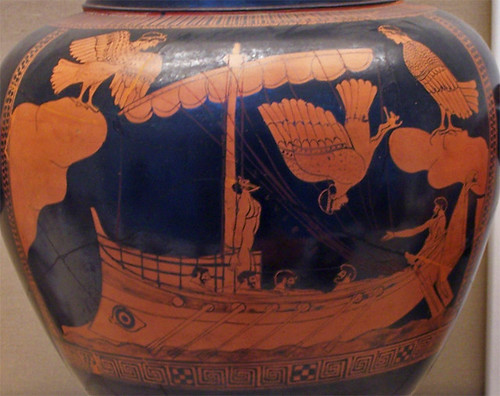No one knows explicitly why people pull out their hair (stereotypy) or perform acts that cause self injury, such as self-cutting (Self injurious behaviour/SIB) . But from reports by patients, these self-directed behaviours make them feel better than if they didn't engage in these actions. In other words, these actions are possibly a form of coping behaviour - though the mechanisms involved and causes too may vary.
Research into the risk factors for developing self-directed behaviours found that Rhesus monkeys who were reared in isolation had a much higher chance of self-biting. It led researchers towards a developmental neuro-chemical hypothesis in which self injuring arises from adverse life events (such as environmental deprivations) and is maintained by dysregulations of several neurochemical and physiological systems - and serves to reduce anxiety. (Tiefenbacher et al. 2005)
Evidence in support that self-directed behaviours help in reducing stress and anxiety comes from studies using monkeys. Monkeys with a history of self-inflicted wounding had a higher stress (or cortisol) response to the mild stress of blood sampling. Self-biting was also preferentially directed to body sites associated with acupuncuture analgesia (sites of the body that acupuncture is applied to to reduce pain). These correlations point to the possibility that self-injuring or self-infliction of pain may help mediate or reduce anxiety. Whether this is a cause of the action or a consequence of SIB is unclear.
In both hair pulling and self injuring subjects report relief directly after the self-directed action, e.g self-cutting. In monkeys, a rise in heart-rate has been found to precede the SIB, followed by an immediate return to baseline after the episode. (Novak, 2003) It is this cycle of heightened internal tension, self-directed behaviour and immediate relief that hair pullers report sustains the process of hair extraction. Many researchers believe the opioid system is implicated in this process.
Self-stimulation of opioids (the body's own natural painkillers) could be key to why self injuring occurs. In fact, after treatment with naltrexone (an opioid receptor antagonist) which reduces opioid levels, the chances of self-injuring behaviour can increase because individuals need to stimulate opioid release which may decrease any rise in tension or anxiety.
One outcome from all this is that to investigate self-directed behaviours further researchers need to focus on the benefits of these actions. Could it be the case that people who pull hair or who self harm have lower baseline opioid levels than others? If so, maybe their harming behaviour is a way of coping by stimulating opioid release to address a heightened level of stress and anxiety caused by a non-optimal environment?
The opioid system is not the only one that has been implicated with self-directed behaviour. The serotonergic system may play a role too. But it would seem the opioid correlation is a strong lead for future research.
References:
Stereotypic Animal Behaviour: Fundamentals and Applications To Welfare 2nd Edition (1996) edited by G. Mason and J. Rushen (CABI) [see pp.176-180]



